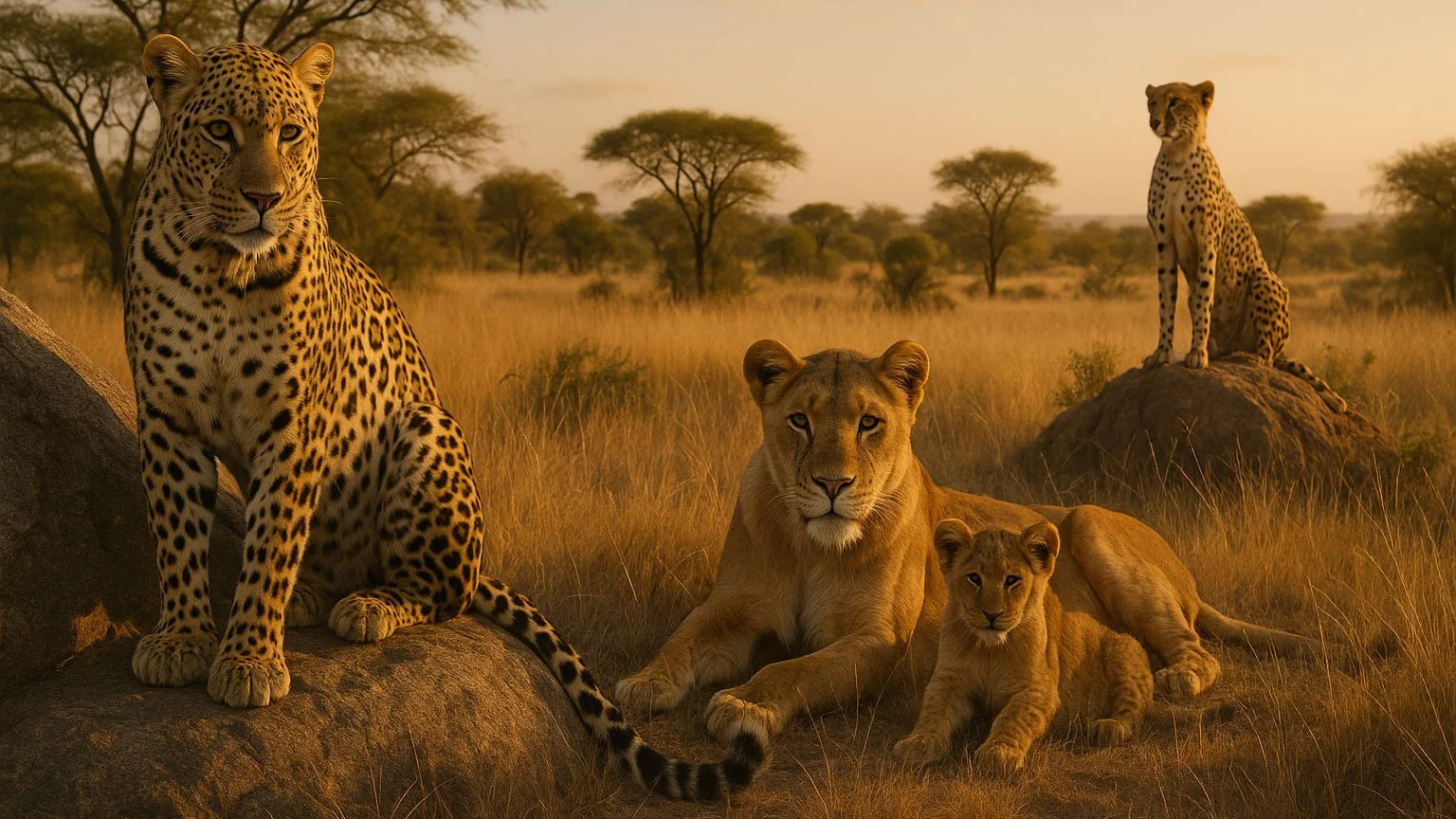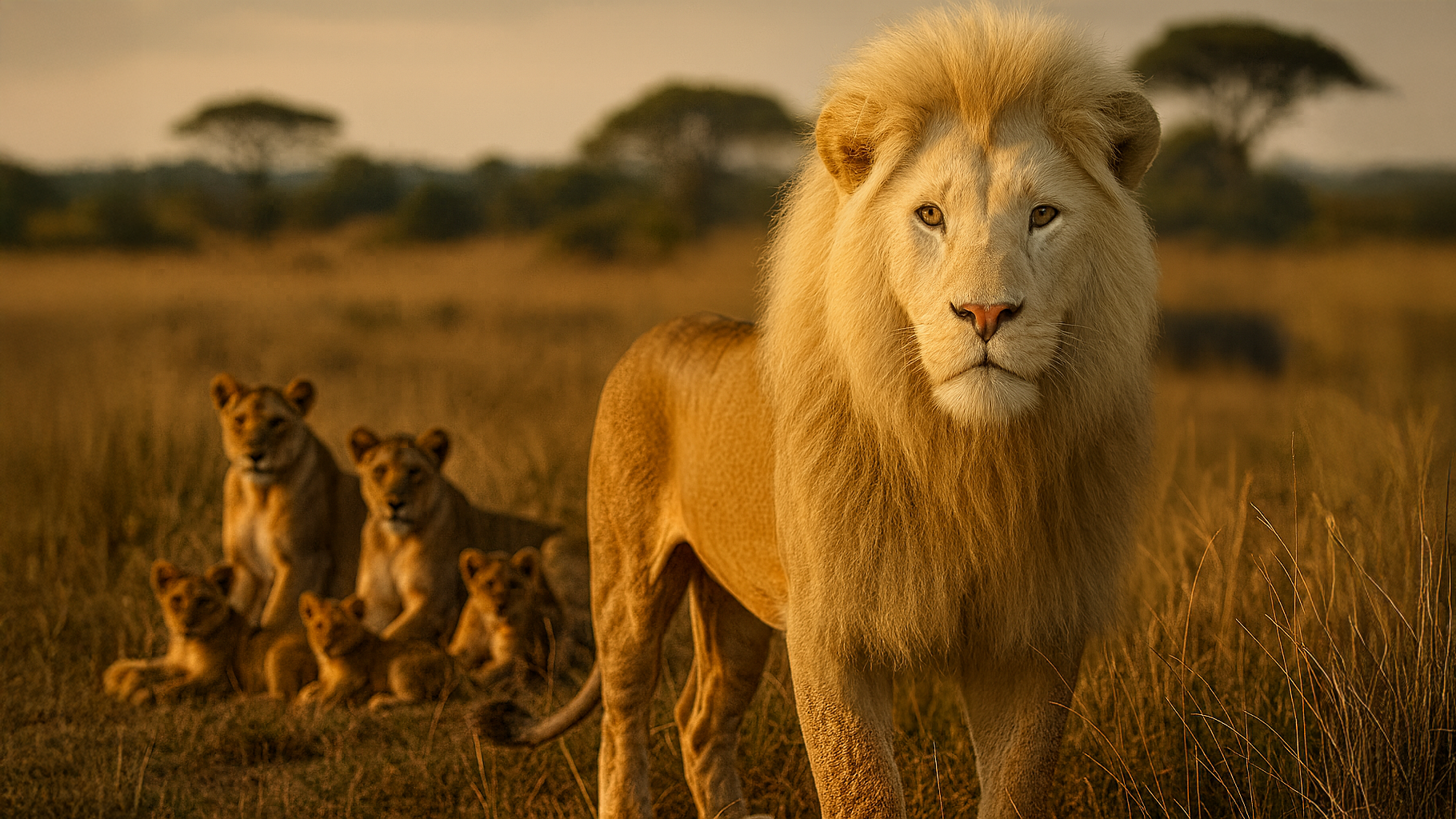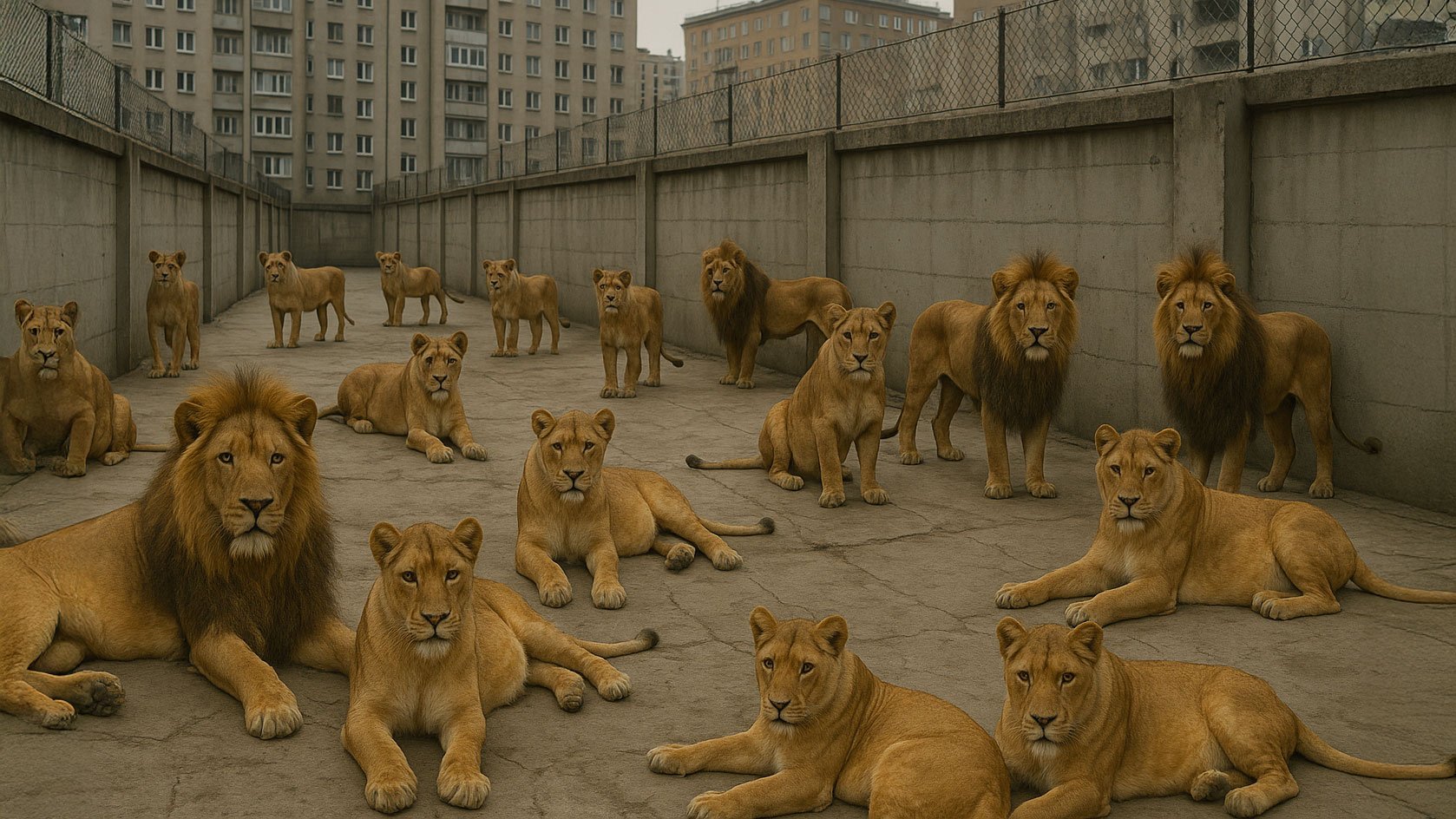Lions for Sale: The Hidden Toll of Trophy Rooms, Trinkets & Trade
In the golden grasses of the African savanna, the lion’s roar once echoed unchallenged—a deep, primal call of a king surveying his wild domain. But today, that echo is being silenced, not by nature, but by commerce. Not only are lions hunted, their bodies are also dissected and sold—bones, claws, teeth, skins, skulls, even their lives—each item cataloged, priced, and traded. This is the modern lion’s reality: a creature caught in the cogs of an international machine that churns out trophies and trinkets at the cost of a species’ future.
The Most-Traded Big Cat on Earth
Lions are the only big cats whose commercial trade is still permitted under the global wildlife agreement known as CITES. While the trade of the critically endangered Asiatic lion is banned, African lions—those iconic beasts of legend—are legally traded around the world. Over the past 25 years, 10,494 CITES permits were issued for African lions. That includes 4,280 permits for trophies, 2,426 for live lions, and 1,158 for skins. But permits tell only part of the story—each permit can cover multiple body parts, or multiple lions.
According to data collected by CatByte, a platform tracking big cat trade, more than 26,000 lion trophies were traded from 2000 to 2023. Nearly 12,000 skeletons and a similar number of bone shipments were recorded. And more than 10,000 live lions were shipped—many to zoos, circuses, or for entertainment. It’s not just the vast numbers, but the global spread that’s staggering.
South Africa has become the epicenter of this industry, thanks to its booming—and deeply controversial—captive lion breeding industry. With nearly 8,000 lions confined across 342 facilities, these farms pump out animals to meet demand for everything from canned hunts to traditional medicines in Southeast Asia.
Born in Captivity, Sold for a Price
Imagine being born into a cage, your fate sealed the moment your paws touch the concrete floor. For many captive-bred lions, life ends not in peaceful old age, but as skeletons boxed and exported, bones destined to fill the gap left by the dwindling availability of tiger parts in Asian traditional medicine. In fact, South Africa exported over 1,160 lion skeletons legally between 2008 and 2011. These weren’t relics of old age—they were fresh carcasses, bred and butchered for profit.
Though the South African courts declared such quotas unconstitutional in 2019 due to welfare concerns, attempts are still being made by hunting operators to reinstate them as recently as 2025. Meanwhile, illegal trade has risen in the vacuum left by the legal ban.
Trophy Rooms and Trade Routes
The United States remains the largest importer of lion trophies, accounting for nearly half of all exports. Spain, France, Hungary, and Poland also appear prominently on the list. Trophies—mounted heads, pelts, or skulls—are symbols of conquest for some. For the lions, they are symbols of extinction.
And then there are the countries where lions never walked in the wild—Vietnam, Laos, China, and Thailand—now among the hottest zones for lion part imports. Here, their bones are boiled into medicinal wine. Their claws are worn as jewelry. Their skins drape chairs in private homes, or lie silently beneath feet.
From Cecil to Silence
The 2015 killing of Cecil the Lion in Zimbabwe was a global wake-up call. The public outcry was swift and widespread. Airlines banned the transport of big cat trophies. Countries like France barred their import. The lion trade saw a noticeable decline—trophy permits dropped from 1,400 per year in 2014 to just 713 in 2022.
But the outrage didn’t stop the trade. It simply pushed it into new shadows. Illegal transactions picked up pace. Organized crime found a profitable niche in poaching captive lions for export. And some facilities began breeding not only lions, but also tigers and ligers—hybrid big cats with no place in the wild.
The Conservation Cost
African lions have vanished from 90% of their historic range. Between 1993 and 2014, wild lion populations dropped by 43%. Habitat loss, human-wildlife conflict, and prey depletion are major threats—but trade, both legal and illegal, is an accelerant. And not just because of the deaths it causes.
Trade fuels demand. And demand makes poaching wild lions profitable again.
As Dr. Elwin, co-author of a 2024 study on lion farms and illegal trade, put it: “Commercial captive breeding and trade in body parts of threatened wild carnivores, including lions, is an issue of conservation concern.”
And let’s not forget the emotional toll. Lions are not products—they are families, prides, communities. A trophy on the wall is not just a lion’s head. It’s a pride without a protector. A mother lost. Cubs orphaned. A wild space quieter than before.
The Path Forward
But there is still hope. Public pressure has slowed the trade. Bans on trophy imports are gaining ground. Activists and organizations—including Big Cat Rescue—are working hard to expose the industry and fund real conservation in the wild.
What you can do matters. You can refuse to support trophy hunting. You can push your representatives to ban lion imports. You can donate to projects that protect lions in the wild—not those that confine them in cages. You can be part of a future where lions live not for entertainment, but as living, breathing rulers of their savannas.
Because no trophy, trinket, or tonic is worth the extinction of a king.
Read more: https://news.mongabay.com/2025/05/trophies-body-parts-live-animals-dominate-global-lion-trade-data-show/













